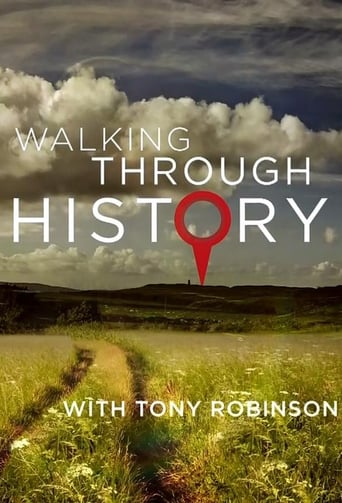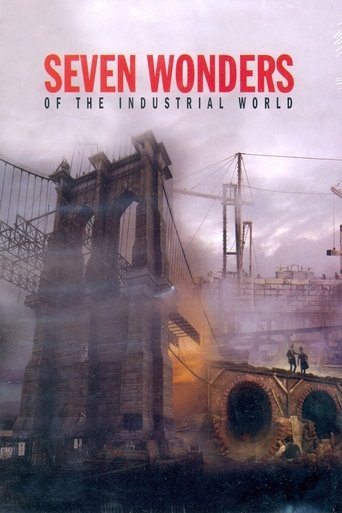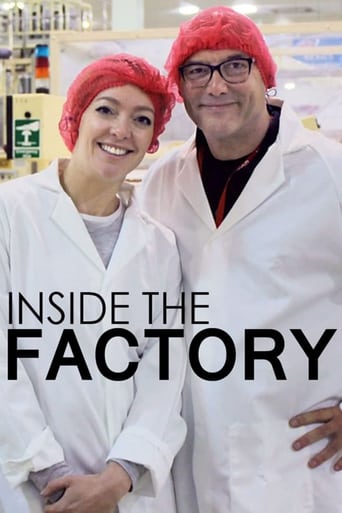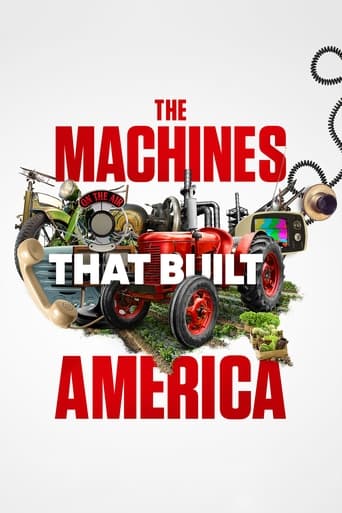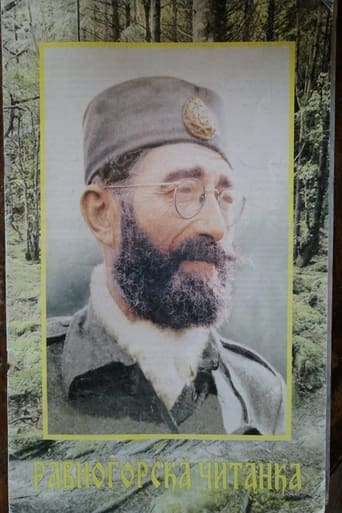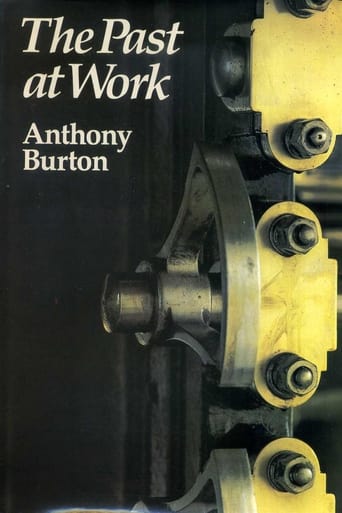
Rating:
0/10 by 0 users
Railway Mania
Anthony Burton travels from York through Leeds and Harrogate to discover more about Britain's industrial past and the role of railway companies in the 19th Century. Along the way, he finds out about the dark and dangerous work of tunnelling, the different classes of passenger coaches and the grandeur of railway hotels.
Writing:
Release Date:
Tue, Mar 25, 1980
Country: GB
Language: En
Runtime:
Country: GB
Language: En
Runtime:
Anthony Burton
Self - Presenter
Season 1:

The remains of the industrial revolution are still with us to visit, to enjoy and to interpret. But how did early industry begin? Anthony Burton visits a neolithic flint mine in Norfolk, a Roman gold mine in Wales and a wooden windmill at Bromsgrove.

Before raw materials and coal could be taken from deep mines, an engine for pumping out water had to be developed. Anthony Burton goes underground at Britain's first colliery museum, looks at an original Newcomen steam engine and visits the oldest steam pumping engines still doing their original job.

The single greatest discovery of the industrial revolution was the ability to smelt iron using coke instead of charcoal and the development of casting and forging techniques to use it. Anthony Burton goes to Coalbrookdale to tell the story of Derby's success, visits a casting shop at Llanberis, and gets his nose to the grindstone in a water-powered forge in Devon.

The spinner or weaver working on his own, at his own speed, gave way to mills sited to take advantage of water. These were superseded by factory towns dependent on cheap coal and cheap labour. Anthony Burton visits a weaver in Wales, a mill museum near Wilmslow, and Huddersfield.

Demand for fine white and decorated pottery led to a search for new raw materials, the development of new processes, and encouraged new transport systems. Anthony Burton looks at processes and bottle kilns at Stoke-on-Trent; visits a water-powered flint mill in Staffordshire; and tries his hand at shovelling china clay in Cornwall.

The development and improvement of the British canal system is summed up by the Birmingham Canal Navigation. Birmingham has more miles of canal than Venice. Anthony Burton follows one of the important industrial routes of the BCN from Farmers Bridge in the city centre by canal through Dudley tunnel to the Black Country Museum.

The success of the canals led to the development of rivals and vanquishers, the railways. The inadequate power of horses led to the use of stationary, then moving, steam engines and to the parallel development of the steam boat. Anthony Burton visits a stationary steam engine in the Peak District, rides on 'an animated knitting machine', looks for the route of the first successful colliery railway, and takes a trip on the oldest working steam boat.

Anthony Burton travels from York through Leeds and Harrogate to discover more about Britain's industrial past and the role of railway companies in the 19th Century. Along the way, he finds out about the dark and dangerous work of tunnelling, the different classes of passenger coaches and the grandeur of railway hotels.




